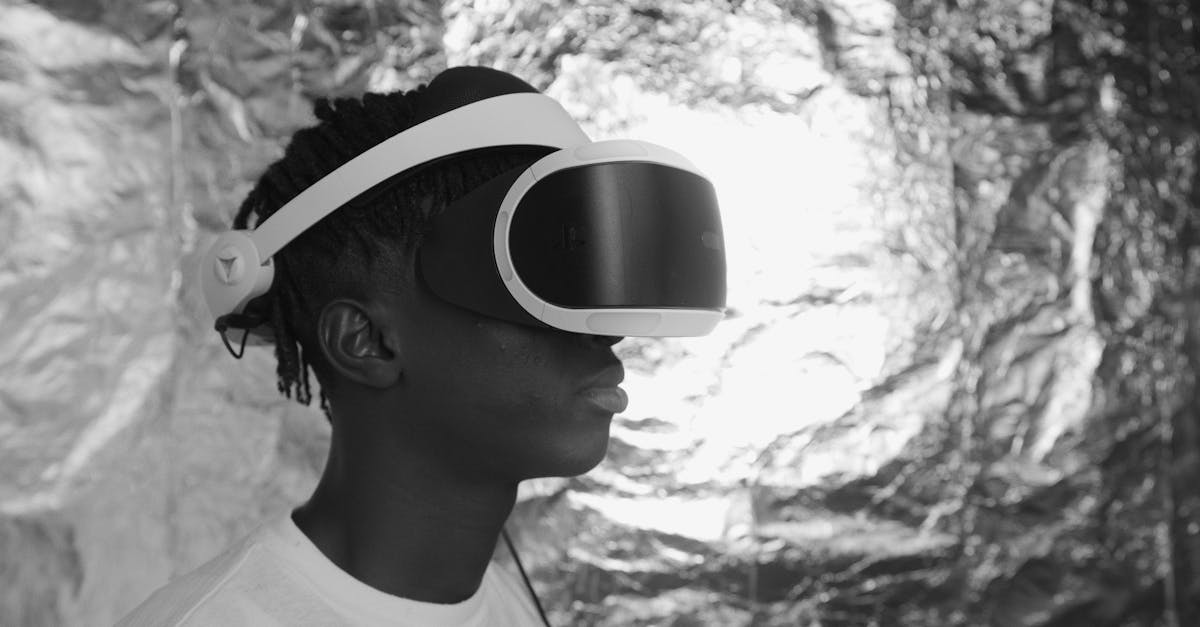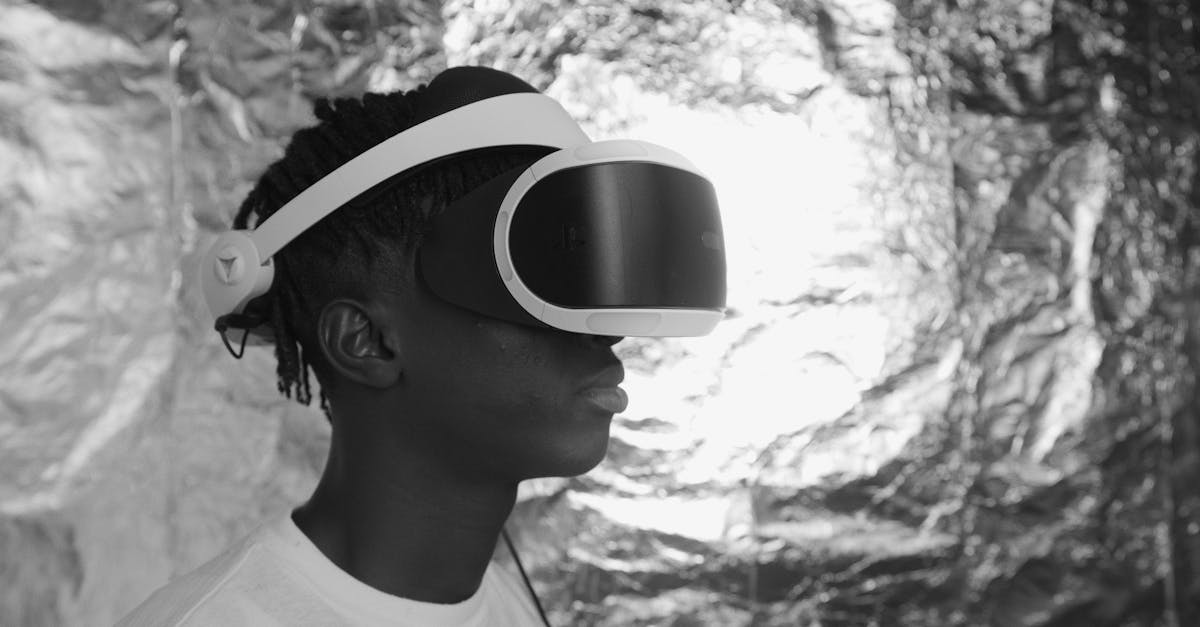Virtual Reality Therapy as Standard Mental Health Treatment
Introduction
In recent years, virtual reality has ceased to be a tool solely for gamers and tech enthusiasts, evolving dramatically in its applications. Virtual Reality Therapy (VRT) has emerged as a groundbreaking approach to mental health treatment. This innovative therapy harnesses technology to address various mental health issues like anxiety, PTSD, phobias, and more. The use of VRT allows patients to experience simulated environments, providing a controlled and safe space for therapy. With its increasing efficacy, virtual reality therapy is rapidly becoming a standard form of mental health treatment. This article delves into the transformative impact of VRT and its growing role in therapeutic practices worldwide.
Advertisement
The Science Behind Virtual Reality Therapy
Virtual reality therapy involves the use of immersive VR technology to create realistic simulations. These simulations engage multiple senses, allowing patients to confront fears or stressors in a controlled setting. The key to its efficacy lies in "presence," a factor that makes the virtual experience feel real and immediate. By achieving a high level of presence, patients can immerse themselves fully in therapeutic activities. Research suggests that this experience helps rewire neural pathways, aiding in desensitization and cognitive restructuring. The potential of VRT in treating anxiety disorders and phobias has made it a valuable tool in mental health professionals' arsenal.

Artem Podrez/Pexels
Advertisement
VRT and Exposure Therapy
Exposure therapy has long been a staple in treating anxiety and phobias. VRT enhances this technique by providing a safe and controlled virtual environment for patients to confront their fears. Traditionally, exposure therapy could be limited by logistical constraints, such as arranging real-life scenarios or activities that are hard to replicate. Virtual Reality eliminates these barriers, allowing therapists to curate precise and repeatable exposure tasks. For example, a patient with a fear of flying can experience virtual flights repeatedly, building tolerance over time. This adaptability makes VRT a versatile approach that can be tailored to individual needs.
Advertisement
Success in Treating PTSD
Post-Traumatic Stress Disorder is a debilitating condition that affects countless individuals, particularly those with military backgrounds. VRT has shown promising results in treating PTSD by recreating stress-inducing scenarios in a virtual realm. Patients can relive traumatic events in a controlled and supportive environment, allowing them to process emotions and memories associated with their trauma. This method, known as Virtual Reality Exposure Therapy (VRET), has been pivotal in providing relief and reducing symptoms. With the guided assistance of a therapist, individuals gradually confront their trauma, facilitating healing and acceptance.
Advertisement
Innovative Treatment for Phobias
Phobias can severely impact a person's quality of life, often causing irrational fears that disrupt daily functions. VRT effectively addresses these fears by allowing individuals to face them in a non-threatening setting. For instance, those with arachnophobia can safely interact with virtual spiders to gradually diminish fear responses. The continual exposure diminishes phobic reactions, and patients often report increased confidence in real-world contexts. This innovative approach provides a promising direction for treating various specific phobias long considered challenging to tackle efficiently.
Advertisement
Addressing the Mental Health Crisis
As mental health challenges become ever more prevalent, there is a dire need for effective and accessible treatments. Virtual Reality Therapy addresses this gap by offering scalable and adjustable solutions. Unlike traditional methods, VR therapy can be accessed remotely, making it compatible with telemedicine and more accessible to underserved populations. By reducing dependency on in-person visits, virtual programs bridge healthcare gaps, ensure timely interventions, and provide support for those who might otherwise remain untreated. This shift has the potential to alleviate pressures on healthcare systems worldwide.
Advertisement
Overcoming Barriers to Adoption
While Virtual Reality Therapy holds immense promise, its adoption faces hurdles. High initial costs for VR equipment and the need for specialized training can hinder its widespread integration into health services. However, as technology advances and becomes more affordable, these barriers are diminishing. Additionally, ongoing efforts to create standardized VRT programs promise uniformity and efficacy across different therapeutic practices. As clinicians become more familiar with VRT, its utilization is expected to skyrocket, compelling insurance companies to recognize and cover these innovative treatments.
Advertisement
The Role of Data and Monitoring
A key advantage of VRT lies in its ability to collect data and offer precise monitoring during sessions. Motion tracking, feedback loops, and biofeedback mechanisms provide invaluable insights into patient progress and areas needing focus. These technologies facilitate real-time adjustments to tailor individualized therapies, ensuring improved outcomes. Furthermore, data captured via VR platforms supports long-term studies, contributing to the evolving understanding of mental health treatment approaches. The data-driven nature of VRT offers exciting prospects for customizing patient care like never before.
Advertisement
VRT: Expanding the Scope
While VRT has become synonymous with treating anxiety and PTSD, its applications extend beyond these areas. Current research explores its utility in managing chronic pain, depression, and eating disorders. By creating supportive environments, virtual reality offers instantaneous relief from distressing symptoms, pushing the boundaries of conventional approaches. The flexibility of virtual settings provides exciting opportunities for game-based therapies, virtual mindfulness sessions, and simulated social interactions. Such breadth ensures that virtual reality therapy can address a wider spectrum of mental health needs effectively.
Advertisement
Conclusion
Virtual Reality Therapy signifies a landmark transformation in mental health treatment, providing promising results for diverse conditions. By combining advanced technology with therapeutic exercises, it offers unparalleled patient experiences and breakthroughs in treatment. As barriers to access diminish and awareness grows, VRT is poised to become an indispensable part of standard mental health care. As we embrace this technological venture, we can anticipate more holistic treatment models shaped by innovation. Indeed, virtual reality may well redefine the standards of mental healthcare, adapting to meet society's evolving needs efficiently.
Advertisement





